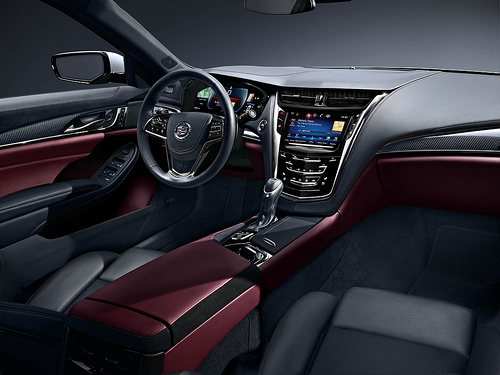The promise and the pitfalls of ever-evolving in-vehicle electronic devices, and their potential for distraction, were on full display last week in the pages of The New York Times. On February 23, the headline was “A Fight for the Dashboard”; the article described the race among auto manufacturers to join forces with smart phone companies to transfer many functions of phones to dashboard-mounted screens. The encouraging part of the article was its explanation of how manufacturers, while responding to consumer demands for seamless connectivity, are apparently paying some attention to safety hazards and federal guidelines about what electronic distractions are acceptable and which are not. The current aims include no “Back” buttons, no “Recent” lists, no social media, and texting only with voice commands. One manufacturer’s representative said that the goal is that every interaction with the screen should be “glanceable,” with a maximum of two seconds of diverted attention for the driver.
Then, four days later, this headline: “In-Car Communication Systems Called A Growing Frustration.” Balky and unreliable Bluetooth and voice recognition systems were cited by drivers as their biggest frustration and source of distraction.
As I have written here many times, realistically, the federal government is not going to step in and shut down all or most forms of electronic distraction for drivers. Consumers are demanding maximum integration of their phones and their cars, whether safe or not, and electronics are obviously an important revenue source for auto and electronic device manufacturers. Restraint and more emphasis on safety, and limits on experimentation with the safety of the driving public, will come only from greater consumer awareness of the dangers (an uphill battle that will take a culture change); and also one or more horrific, multiple-fatality crashes that are incontestably caused by distraction from one of these newer and supposedly safer electronic devices.
In other words, if a malfunctioning voice recognition system in an older model car causes someone to plow into a school bus and kill multiple children, part of the reaction will be that “newer devices are safer, not to worry.” It will take a horrible crash resulting from a relatively new and purportedly safer in-vehicle dashboard/smartphone system before we will be able to re-emphasize the point that all in-vehicle electronics are distracting and therefore safety risks, and “safer” does not mean safe. With all due respect, “glanceable” is not a dividing line between public safety and acceptable risk.


